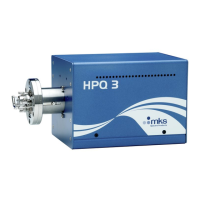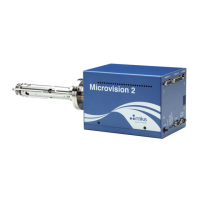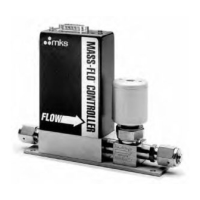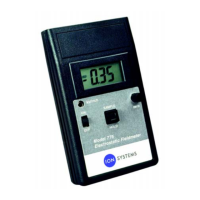RGA Series Low profile fast rotation stage
A1355A0 – EDH0427En1010 – 04/21 4
3.0 Characteristics
3.1 Definitions
Specifications of our products are established in reference to ISO 230
standard part II “Determination of accuracy and repeatability of positioning
numerically controlled axes”.
This standard gives the definition of position uncertainty which depends on
the 3 following parameters:
Accuracy
• Absolute Accuracy
Difference between ideal position and real position.
• On-axis accuracy
Difference between ideal position and real position after the compensation
of angular errors.
Angular errors include: cosine errors, inaccuracy of optical scale pitch,
angular deviation at the measuring point (Abbe error) and thermal
expansion effects. All Newport motion electronics can compensate for
linear errors.
The relation between absolute accuracy and on-axis accuracy is as follows:
Absolute Accuracy = Accuracy + Correction Factor x Travel
Repeatability
Ability of a system to achieve a commanded position over many attempts.
Reversal Error (Hysteresis)
Difference between actual position values obtained for a given target
position when approached from opposite directions.
The testing of accuracy, repeatability, and reversal error are made
systematically with test equipment in controlled environment (20
±1
°C).
A angular cycle with 21 data points on the travel and 4 cycles in each
direction gives a total of 168 points.
The other following parameters can also be evaluated:
Minimum Incremental Motion (MIM or Sensitivity)
The smallest increment of motion a device is capable of delivering
consistently and reliably.
Resolution
The smallest increment that a motion device can theoretically move and/or
detect. Resolution is not achievable, whereas MIM is the real output of a
motion system.
Eccentricity
Displacement of the geometric center of a rotation stage from the rotation
axis in the plane defined by bearings.
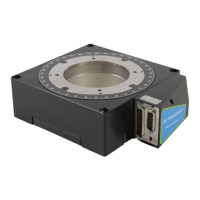
